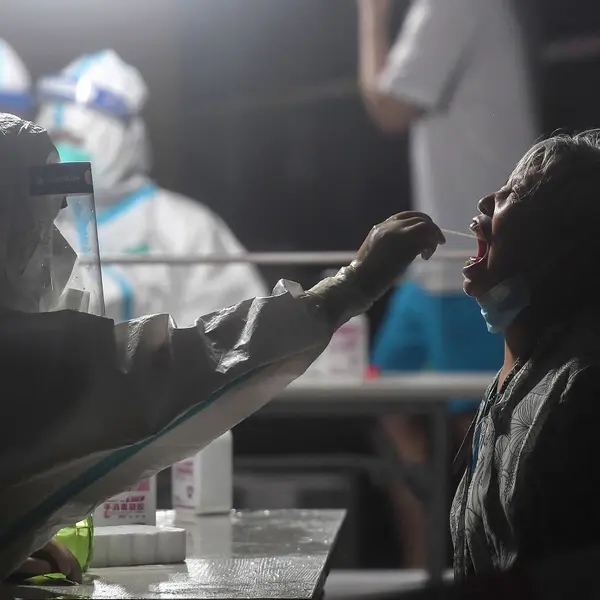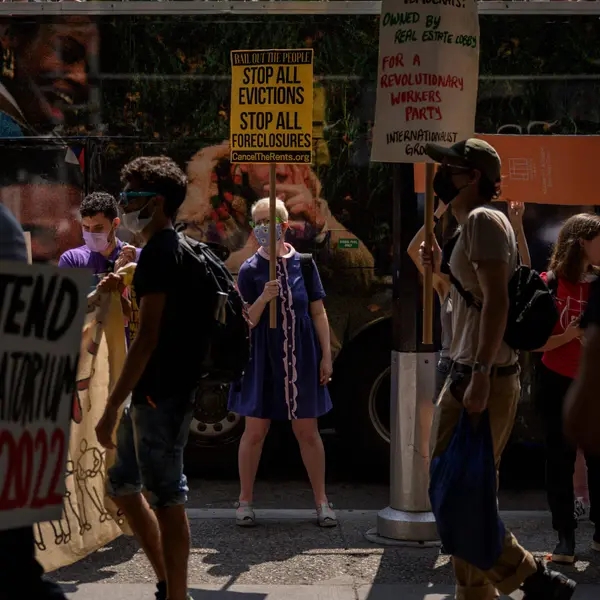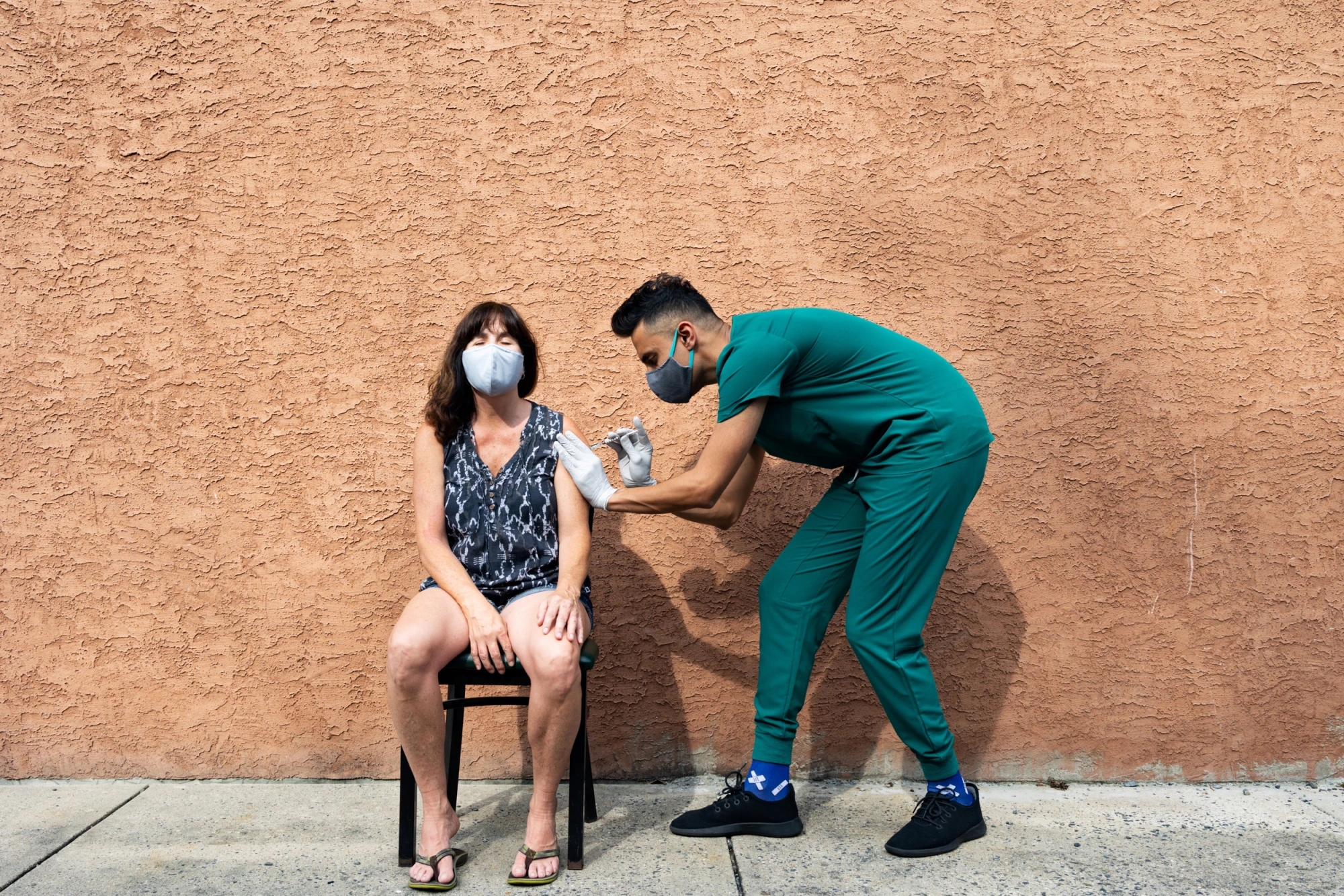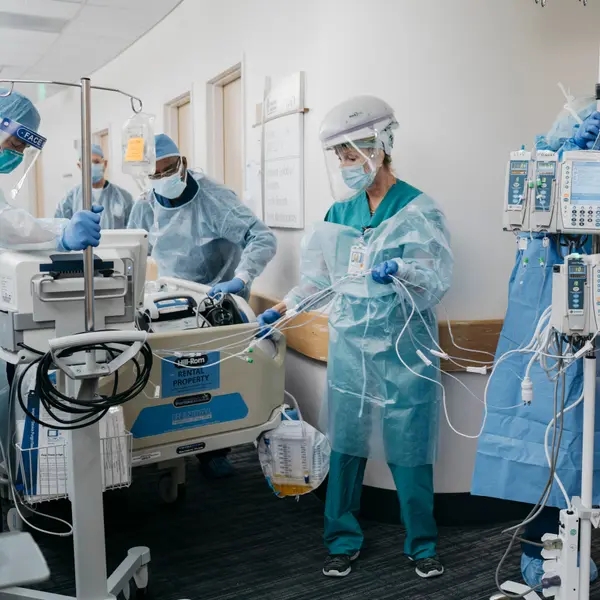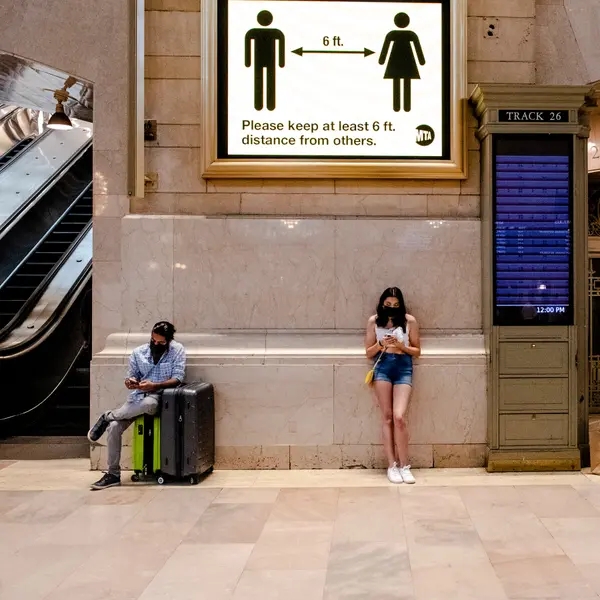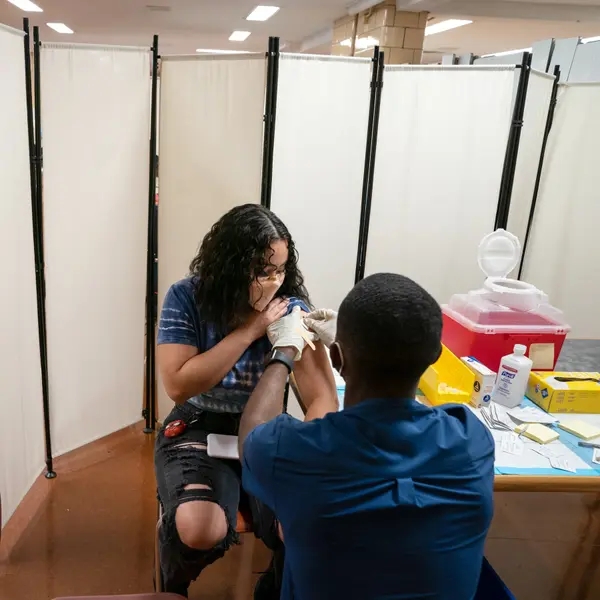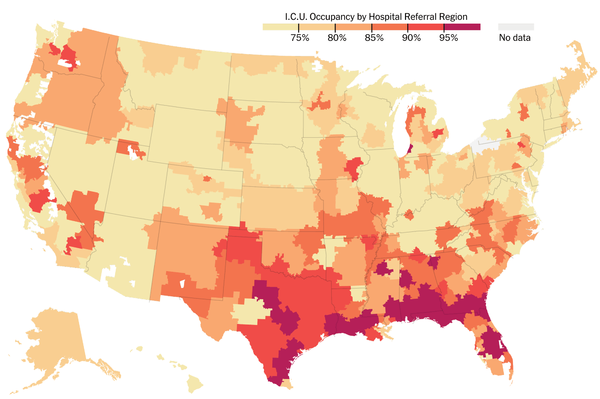Walton wants more money for Buffalo schools; Brown says he already increased funding
By Deidre Williams
Read the full article from Buffalo News, here.
Still, the scope of Buffalo’s support of the school district figures to be a campaign issue leading up to the November general election. Indeed, it already has played a pivotal role. Walton’s stance earned her an important endorsement from the Buffalo Teachers Federation – a union that represents more than 3,800 teachers – and contributed to her surprising victory over four-term incumbent Mayor Byron W. Brown in the June 22 Democratic primary.
Brown does not support the funding model Walton has touted, pointing out the city has increased its payments to the district since he took office 2006. The Buffalo district already receives a share of the county sales tax – as do all districts – and receives “a significant” chunk of the city’s property tax revenue, he said.




